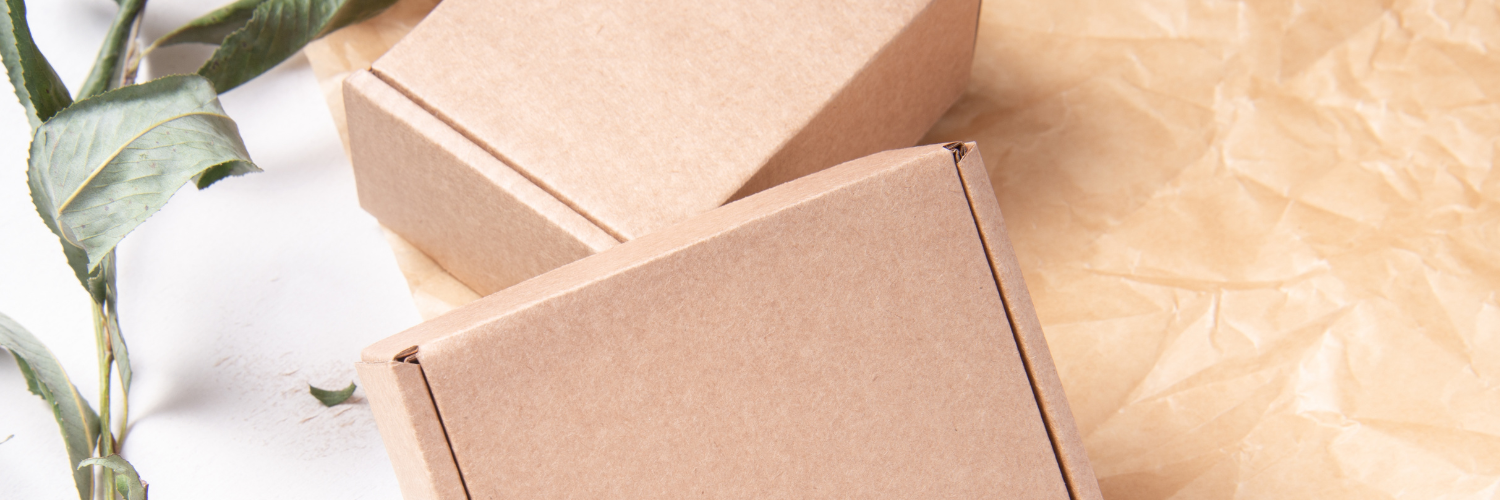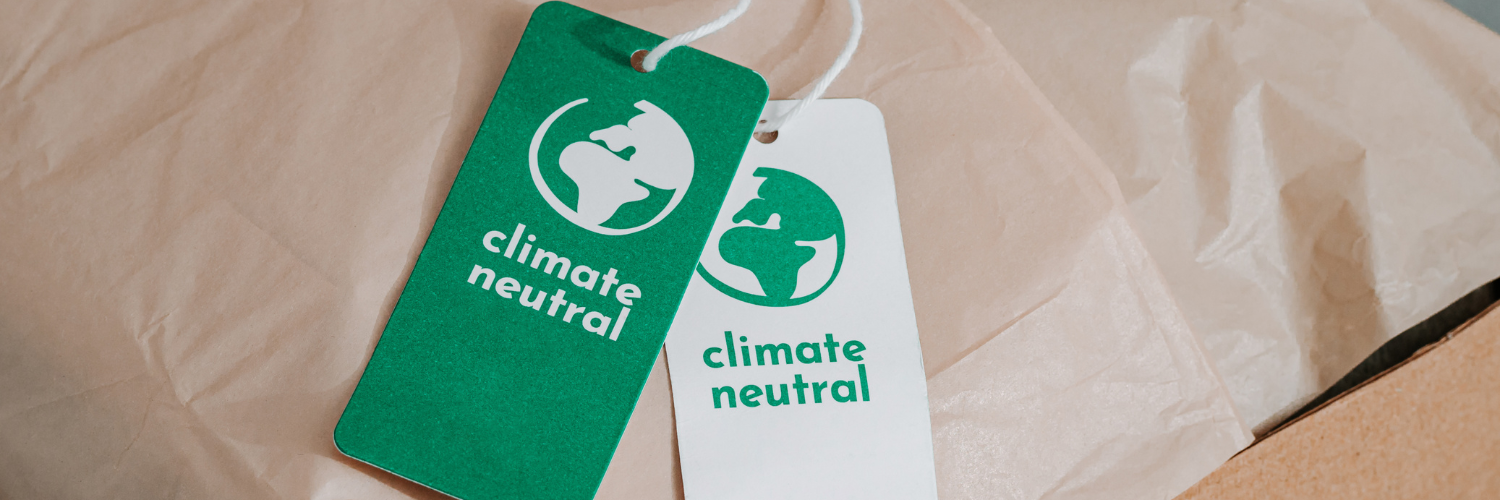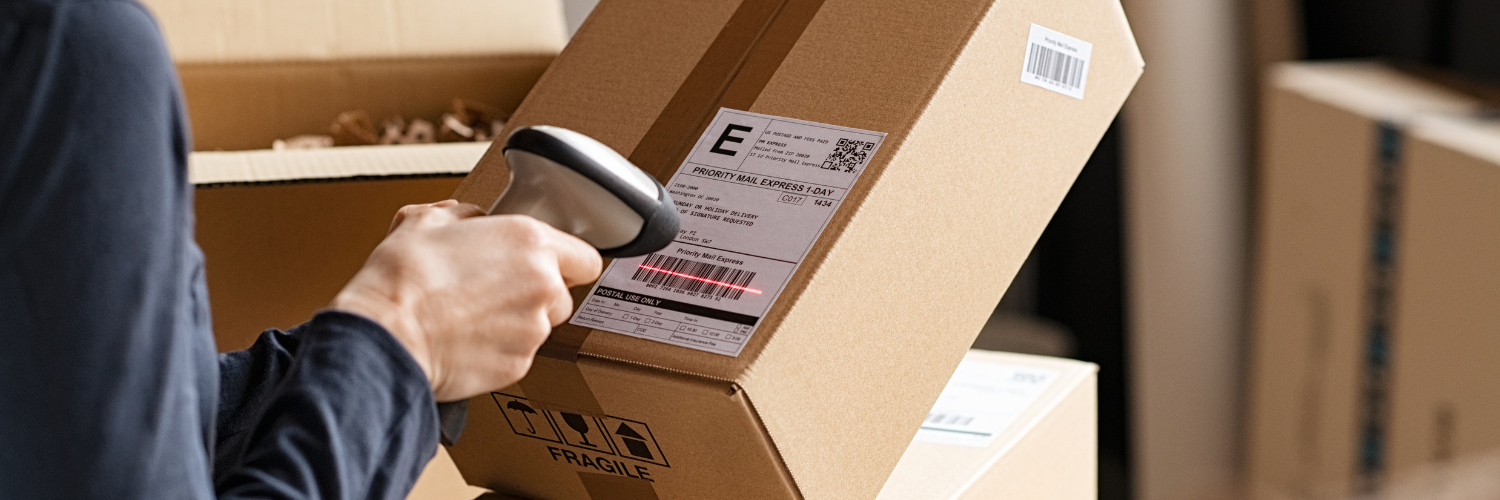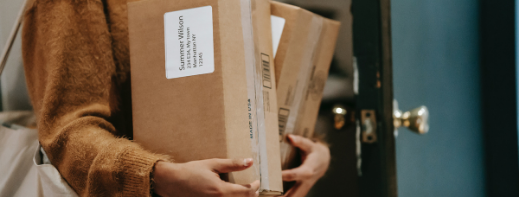Sustainable packaging: which alternatives to use?
Today, it's important to protect the environment. Ecological packaging is a sustainable solution for trade and logistics.
Consumers are increasingly concerned about the environment. This applies to products purchased, delivery and environmentally-friendly materials. That's why it's essential to adopt a more sustainable approach.
Green packaging plays an essential role in reducing carbon footprints and preserving natural resources. In this article, we'll talk about green packaging, why we use it and how to recycle it after a shipment.
What is eco-friendly packaging?

Eco-responsible packaging is designed to reduce its impact on the environment throughout its life cycle. These packages are made from recycled, biodegradable or renewable materials to reduce waste and the use of non-renewable resources.
Materials commonly used in eco-friendly packaging include recycled cardboard, kraft board, kraft paper, compostable materials, biodegradable plastic and natural fibers. These materials help reduce greenhouse gasses, plastic pollution and biodiversity.
Why use eco-friendly packaging?
- Reduce carbon footprint: plastic and non-recyclable packaging has an impact on the environment through its manufacture, use and disposal. Eco-friendly packaging, on the other hand, helps to reduce carbon emissions, thereby helping to combat climate change.
- Protecting biodiversity: conventional packaging pollutes oceans and ecosystems, seriously damaging marine and plant life. By choosing eco-friendly packaging, we protect biodiversity and safeguard the health of our planet.
- Consumer satisfaction: consumers are increasingly concerned about the environment and seek out brands that share their ethical values. Companies use eco-friendly packaging to demonstrate their commitment to sustainability. This can enhance their brand image and build customer loyalty.
- Regulatory compliance: many parts of the world are beginning to impose strict regulations on the use of environmentally-friendly packaging. By adopting such packaging now, companies can prepare for the future and avoid potential compliance problems.
How do you recycle packaging after shipping?
Recycling eco-friendly packaging is simple and generally follows the same steps as for traditional packaging:
- Empty the packaging: before recycling, make sure there is no residue or debris left in the packaging. Clean packaging increases the chances of efficient recycling.
- Check recycling guidelines: different eco-packaging may require specific recycling methods. Check your local recycling guidelines to ensure you follow them correctly.
- Separate materials: in some cases, eco-packaging is made up of different recyclable materials, such as cardboard and plastic. Be sure to separate them before depositing them in the appropriate containers.
- Find places to recycle: look for recycling centers or collection points near you. Drop off your environmentally-friendly packaging.
- Promote recycling: encourage your customers to recycle packaging after use by including a clear message on the packaging itself. Raising consumer awareness of the importance of recycling will help reinforce the effectiveness of these efforts.
What materials should I avoid?

When it comes to eco-friendly packaging, it's essential to avoid certain materials that have a negative impact on the environment. Here are the main materials to avoid:
- Non-recyclable plastic: single-use, non-recyclable plastic is one of the most worrying materials when it comes to environmental impact. Non-recyclable plastic bags pollute the environment and take hundreds of years to disappear, threatening marine life.
- Styrofoam: Lightweight and inexpensive, but difficult to recycle and can pollute ecosystems by disintegrating into small particles. It is preferable to replace it with more environmentally-friendly alternatives.
- PVC (polyvinyl chloride): a rigid plastic often used for packaging electronic and food products. It contains toxic chemicals and is difficult to recycle. Opting for safer, recyclable materials is preferable.
- Non-separable material complexes: some packaging combines several materials that are difficult or impossible to separate for recycling. Such packaging is generally less environmentally friendly, as it poses challenges during the recycling process.
- Non-separable material complexes: some packaging combines several materials that are difficult or impossible to separate for recycling. Such packaging is generally less environmentally friendly, as it poses challenges during the recycling process.
- Hazardous chemicals in packaging can pollute recycling or cause problems during disposal. Choose packaging with ecological or natural inks.
- Non-renewable materials: avoid materials that depend on non-renewable resources, such as petroleum. Instead, opt for materials from sustainable, renewable sources, such as recycled cardboard or plant fibers.
- Packaging that's too big: packaging that's too big for the product it contains wastes materials and space. Look for ways to optimize packaging size to reduce the use of resources.
By avoiding certain materials and opting for environmentally-friendly alternatives, you can reduce the environmental impact of packaging. What's more, it supports more sustainable practices in logistics and trade.
Which packaging can be recycled?

There are many more environmentally-friendly alternatives to plastic, made from materials that minimize impact on the planet while effectively protecting products.
Here are some of the most commonly used alternatives:
- Recycled cardboard packaging: recycled cardboard is one of the most widespread alternatives to plastic packaging. It is made from recycled paper, which reduces the use of new fibers and the amount of waste sent to landfill.
- Kraft paper: kraft paper is an environmentally-friendly material that is biodegradable and recyclable. It is often used to wrap parcels, gifts and food products.
- Compostable materials: some packaging is made from compostable materials, such as corn starch or sugarcane fibers. These materials decompose naturally in a composting environment, reducing waste.
- Biodegradable plastic: biodegradable plastic is a more environmentally-friendly alternative to traditional plastic. It degrades more rapidly under specific conditions, such as industrial composting facilities.
- Reusable packaging: cloth bags, durable plastic or metal cans are good alternatives to disposable packaging. They considerably reduce the amount of waste generated.
- Mushroom- or sugarcane-pulp-based materials: innovative packaging made from mycelium (mushroom roots) is being developed as a sustainable alternative. These materials are biodegradable, lightweight and resistant.
- Newsprint: recycled, it can be used as cushioning material for lightweight objects. It's an environmentally-friendly alternative that extends the life of paper.
- Plant fibers: straw, bamboo and palm leaves are used to make compostable and biodegradable packaging.
- Eco-friendly inks: opting for eco-friendly inks based on non-toxic components helps make packaging more environmentally friendly.
- Minimalist packaging: reducing the amount of materials used in packaging by adopting minimalist solutions can also benefit the environment.
These eco-friendly alternatives to traditional packaging help reduce plastic pollution, carbon emissions and pressure on natural resources. It also enables companies to demonstrate their commitment to sustainability and meet the expectations of environmentally conscious consumers.
Ecological packaging plays a crucial role in building a sustainable, environmentally-friendly future. By choosing this type of packaging, we reduce our impact on the environment, preserve nature and meet consumers' expectations in terms of sustainability. Recycling eco-friendly packaging is important for preserving our planet for future generations. Together, we can make a difference and work towards a greener, more prosperous world.
